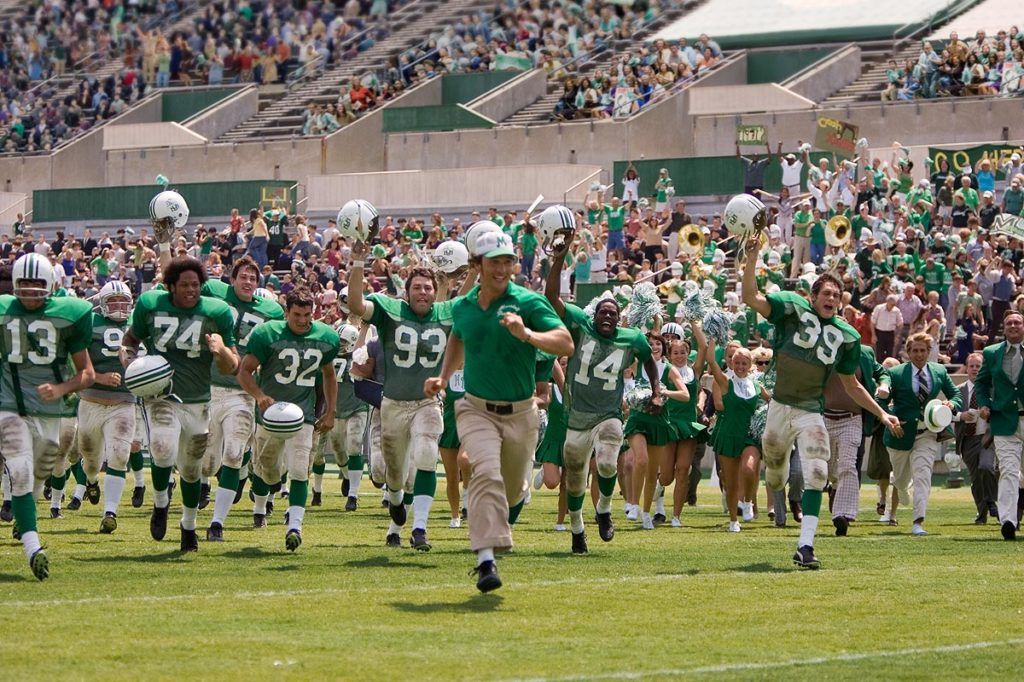Stretching the Right Way: Unlock Your Flexibility and Performance
When it comes to exercise, stretching is one of the most essential components for achieving both long-term flexibility and immediate performance benefits. But not all stretching techniques are created equal, and knowing how to stretch properly before and after a workout is key to maximizing your gains and minimizing injury risk. Many people overlook the importance of proper stretching, either rushing through the motions or skipping them altogether. But if you incorporate the right stretching techniques, you’ll experience improved range of motion, faster recovery, and a reduced risk of injury.
In this article, we’ll dive into the world of pre- and post-workout stretching routines. You’ll learn why stretching is crucial, when to stretch, how to do it effectively, and how to make it an integral part of your fitness routine.
Why Stretching Matters: The Benefits You Can’t Ignore
Stretching is more than just a way to cool down after a workout; it’s a powerful tool for improving flexibility, preventing injuries, and enhancing athletic performance. Here are a few reasons why stretching before and after your workout should be non-negotiable:
Increases flexibility: Regular stretching helps increase the length of muscles and the range of motion in your joints, allowing for more fluid and efficient movement.
Improves blood flow and circulation: Stretching helps increase blood flow to your muscles, delivering oxygen and nutrients that aid in muscle repair and recovery.
Reduces muscle stiffness: Stretching helps alleviate tightness in muscles, which can improve mobility and prevent discomfort after physical activity.
Prevents injuries: By stretching properly, you can reduce the risk of muscle strains, sprains, and tears that may occur when muscles are stiff or unprepared for physical exertion.
Enhances athletic performance: With increased flexibility and range of motion, you can perform exercises and movements with better control, precision, and strength.
Now that you know why stretching is essential, let’s break down the key differences between pre- and post-workout stretches, and why each is important in its own way.
Pre-Workout Stretching: Preparing Your Body for Action
Pre-workout stretching is designed to get your body ready for the physical activity ahead. When you stretch before a workout, you’re preparing your muscles, joints, and nervous system for the movements that will follow. But, it’s important to note that pre-workout stretches should focus on activating and warming up the body, not lengthening the muscles.
Dynamic Stretching: The Warm-Up Hero
The key to a proper pre-workout stretch is dynamic stretching. Dynamic stretching involves active movements that engage and activate your muscles. These stretches mimic the movements you’ll be doing in your workout, so they help prepare your body for what’s to come.
Dynamic stretches should be performed at a controlled pace with fluid movements. Rather than holding a stretch for an extended period, you’re continuously moving through the range of motion to gently prepare your muscles and joints. The goal is to increase blood flow, raise body temperature, and prepare your muscles for the work ahead.
Some examples of dynamic stretches include:
Leg swings: Swing one leg forward and backward, then side to side. This dynamic movement activates your hip flexors, hamstrings, and quads while also increasing flexibility in the hip joint.
Arm circles: Stand tall with your arms extended out to the sides and make small circles. Gradually increase the size of the circles. This helps loosen up the shoulders and arms.
Walking lunges with a twist: Perform a forward lunge and twist your torso toward the leg that’s in front. This movement opens up your hips, stretches your glutes, and warms up your lower back.
Torso twists: Stand with your feet hip-width apart and twist your torso from side to side. This warms up your spine, obliques, and core, helping to activate those muscles for dynamic movement.
Dynamic stretches should be done for 5-10 minutes before your workout to prime your body for action. Be sure to target the major muscle groups you’ll be using during your workout, focusing on movements that mimic those exercises.
Post-Workout Stretching: Recovery and Flexibility Enhancement
While dynamic stretching is important for warming up your body before exercise, static stretching is your best friend after a workout. Static stretches involve holding a stretch for a prolonged period, allowing your muscles to relax and lengthen as they cool down. This helps reduce muscle tightness, improve flexibility, and accelerate the recovery process.
Static Stretching: Letting Your Body Relax and Recover
Post-workout static stretching should be done once your muscles are fully warmed up. It’s important to note that static stretches should be held for at least 20-30 seconds to be effective. The goal is to gently lengthen the muscles that were worked during the exercise, which aids in flexibility and helps prevent stiffness in the days following your workout.
After your workout, aim to stretch the muscle groups you’ve used the most. These are usually the larger muscle groups like your hamstrings, quads, glutes, and back, but don’t forget about smaller muscles like your shoulders and calves.
Some examples of static stretches include:
Hamstring stretch: Sit on the floor with one leg extended and the other leg bent so the sole of your foot touches your inner thigh. Reach forward to touch your toes on the extended leg while keeping your back straight. Hold the stretch to target your hamstrings and lower back.
Quadriceps stretch: Stand tall and grab one ankle behind you, gently pulling it toward your glutes while keeping your knees together. This will stretch the quadriceps in the front of your legs and the hip flexors.
Child’s pose: Begin on your hands and knees, then lower your hips toward your heels and stretch your arms forward, reaching for the floor. This stretch targets the lower back, hips, and shoulders, helping to relieve tension.
Cobra stretch: Lie on your stomach with your hands placed under your shoulders. Push up through your palms and lift your chest off the floor, arching your back. This targets the abs, lower back, and chest.
Hip flexor stretch: Kneel on one knee and place the other foot forward with a 90-degree angle at the knee. Push your hips forward gently to feel a stretch in the hip flexors and quads. Hold the position for a deeper stretch.
Static stretches should be held for 20-30 seconds, repeating 2-3 times for each muscle group. Focus on deep breathing to help your muscles relax and release tension during each stretch.
A Well-Balanced Stretching Routine: Key Tips for Success
Now that you understand the difference between pre- and post-workout stretching, it’s important to make stretching a consistent part of your routine. Stretching should never feel like an afterthought or something you do just to “check the box.” When done properly, it will enhance your overall fitness, improve mobility, and help prevent injuries.
Here are some key tips to ensure your stretching routine is effective:
Warm up first: Never dive straight into static stretches. Your muscles need to be warm for optimal flexibility, so always start with dynamic stretches before your workout.
Focus on major muscle groups: Target the muscles you’ll be using most during your workout. For example, if you’re doing a leg day, focus on stretches for your quads, hamstrings, glutes, and calves.
Breathe deeply: Deep breathing can help relax your muscles and enhance the effectiveness of your stretch. Focus on slow, controlled inhales and exhales while stretching.
Avoid bouncing: When performing static stretches, don’t use bouncing motions. This can cause muscle strain. Instead, ease into the stretch and hold it gently.
Be consistent: Make stretching a part of your routine, both before and after your workouts. The more consistently you stretch, the more you’ll see improvements in flexibility and mobility.
By incorporating dynamic stretches before your workout and static stretches after your workout, you’ll not only boost your flexibility but also enhance recovery, reduce muscle stiffness, and prevent injuries.
Stretching Beyond the Workout: Integrating Flexibility into Your Daily Life
While stretching before and after workouts is crucial, it’s important to remember that flexibility training doesn’t have to be limited to your exercise routine. You can improve your flexibility by incorporating stretching into your daily life. Stretching for just a few minutes each day can help prevent stiffness, alleviate tension, and improve your overall mobility.
Some ways to incorporate stretching into your daily routine include:
Stretching during breaks at work to relieve tightness from sitting.
Doing morning or evening stretching routines to kick-start your day or wind down before bed.
Practicing yoga or Pilates, which focus heavily on flexibility and mobility.
Incorporating regular stretching into your day will leave you feeling more energized, mobile, and relaxed.
The Road to Flexibility: Keep Stretching Your Limits
Learning how to stretch properly before and after a workout is the key to unlocking your body’s full potential. Stretching isn’t just about flexibility; it’s about preparing your body for action, recovering from your efforts, and improving your performance. By mastering both dynamic and static stretching, you’re not only reducing the risk of injury, but you’re also investing in long-term flexibility, better posture, and increased mobility.
So, stretch your limits, embrace the process, and remember that with consistency, your body will thank you with improved movement, strength, and overall well-being. Stretching is not a quick fix, but a lifelong journey that enhances both your physical and mental fitness. Keep stretching your limits and take your body to new heights!




